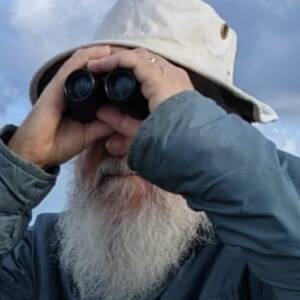River Tales
"Hesta ivver seyn a cuddy lowp a five bar yat?"
I was taught this phrase in East Africa, in about 1978. I was assured, by a broad, proud Yorkshireman, who never lost an argument (even if he scored fewer points), that it is broad Yorkshire dialect. The contemporary internet - where I sought validation of my memory and spelling - is convinced that it is Cumbrian. I am entirely agnostic, and would not want to referee a dispute between the two! The translation is: 'Have you ever seen a donkey jump a five-barred gate?"
I told the story to MrsM. It's possible she has heard it before - we are here because, in a couple of days, we will be celebrating 40 years since, not just Queen's iconic performance at Live Aid, but our wedding. I was responding to her question of why Symonds Yat is so called. Not for the first time, we giggled about the irrelevance of most of my knowledge - we are a long way from Yorkshire and Cumbria or their accents
We have had a day of managed tourism. It's too hot for anything else. Proper car parks; forest paths with arrows and information boards; curated viewpoints; a river cruise with a commentary and a tea urn (and a roof!) The river Wye was the destination of the first organised tour in Britain, in the late 18th century, so they have had time to get good at it
The commentary said that, in centuries past, the toll road over the hill had a gate where the levy was collected. This was operated by a man called Symonds, who happened to be a Yorkshireman. Symonds Yat became the gate, the rocky peak above it and, eventually, the settlement on both sides of the river below, still linked only by two of these hand-powered ferries. MrsM bought the drinks
The commentary also said the guide-book for that 18th century tour features the first recorded use of the word 'picturesque' - but that could be a good story for the tourists

Comments
Sign in or get an account to comment.


